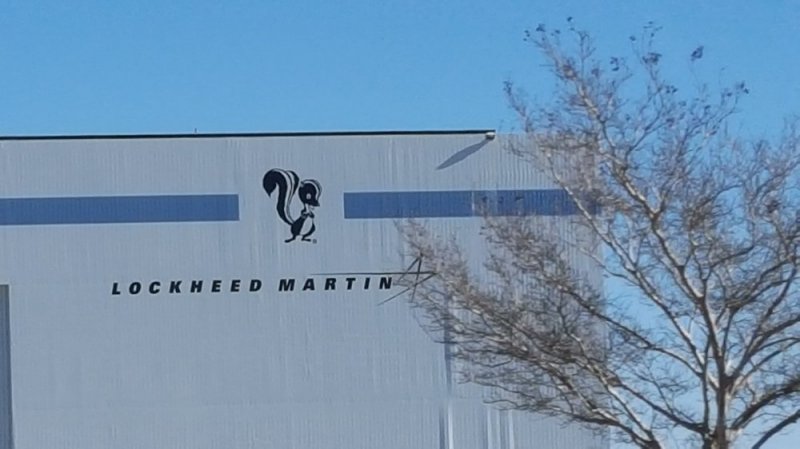FellowTraveler
Well-Known Member
Excellent!Schiker: No waste gases left in precup, unless you port the precup incorrectly. Yes once compression stroke. gets to point "X" the swirl in the precup is massive and is the key the design. Originally it wasn't called the precup, it was the swirl cup.
Remember Honda cvcc? https://en.m.wikipedia.org/wiki/CVCC
Gee, went from pre combustion chamber to electronic controlled direct injection once the injection tech go good enough, like going to duramax?
FT: exactly! That's why engine designs use the long curved runners as th intakes now. There were some intakes built with mini stationary fan blades factory - vortex increases velocity in a shorter distance than long tunnel, but long tunnel does it better. A Quality head job will do even better, but is way to labor intensive for mass production.
Boost always wins, any plumbing engineers here? There's a formula of pipe size X pressure = volume. In the same area the more pressure you put behind it the faster the medium is going to travel. Just imagine if we could double the rpm of a turbo.
On the air density- oh yeah, way important. Not just the air though. I've spent years on and off working on the end all- be all in my not so humble opinion. People work on 1-10% increases that are awesome and achieve able. My idea is an all or nothing, almost 400% gain in efficiency. No secret swirly ram air action though. I need another 150,000 worth of research to finally prove or disprove it. Been at it as $ permits for about 20 years now. Lots of engines gave their all.So yeah, gonna be a bit yet. Don't worry- if I die my kids will continue the quest. (Insert maniacal laughter here).
I have to say Drago, whenever I here super secret idea, i always get excited. Little ideas of "what if" are how we got most of our cool stuff that didn't exist a couple hundred years ago.
Back to first post, got plans for a project?


